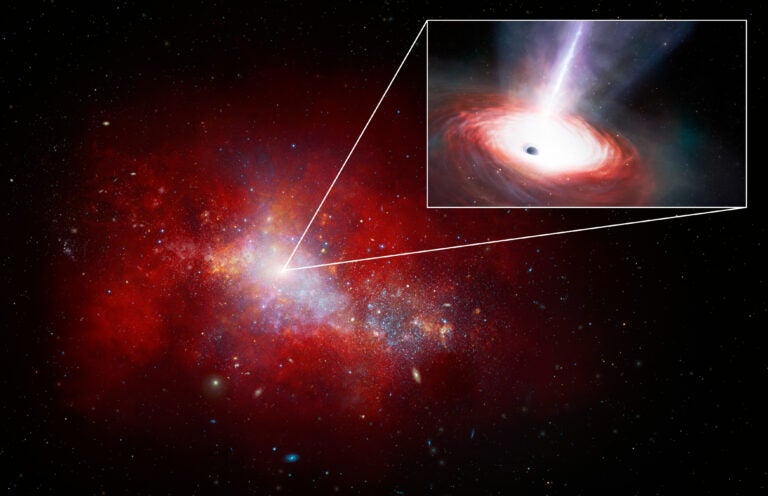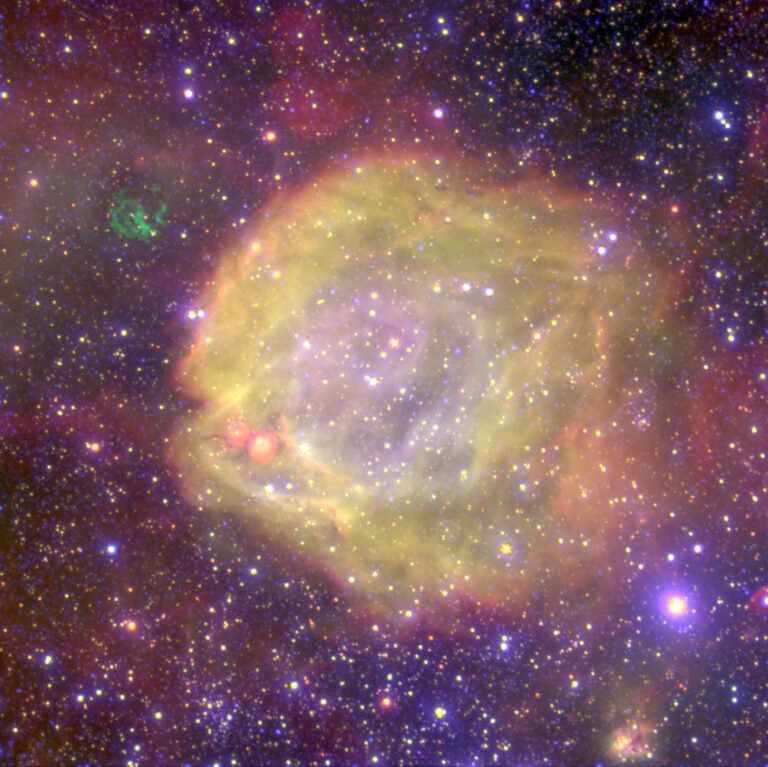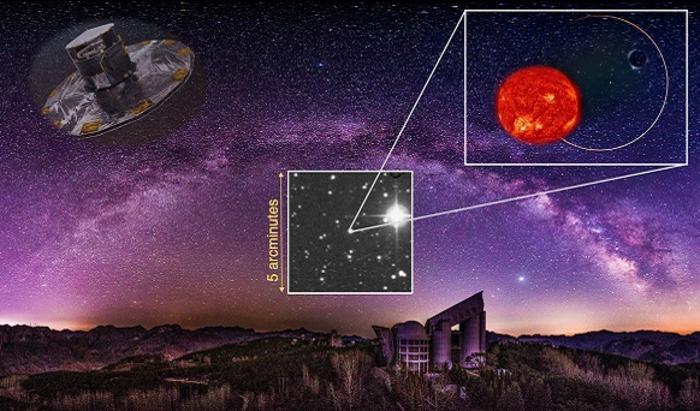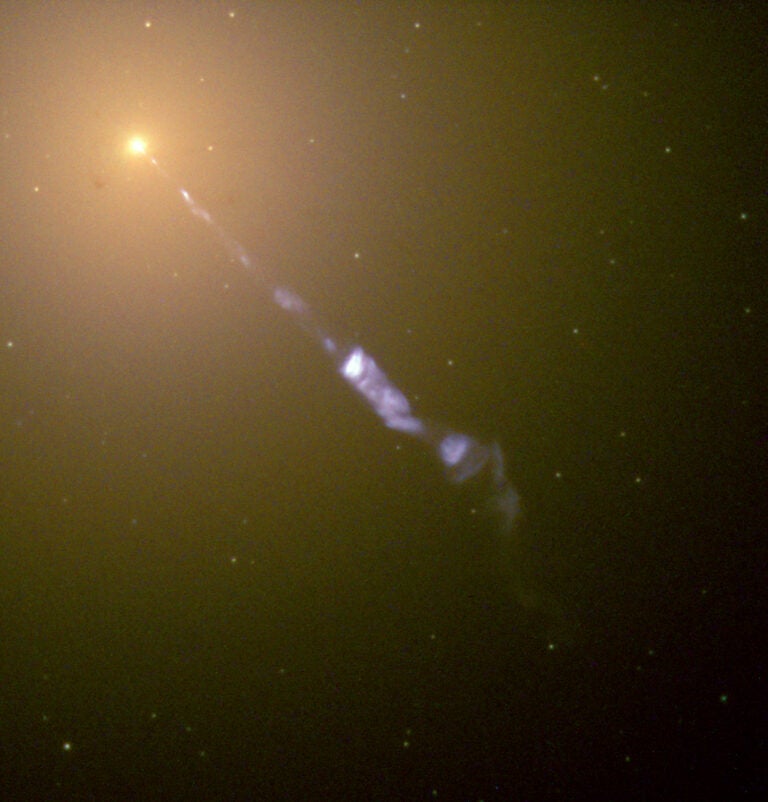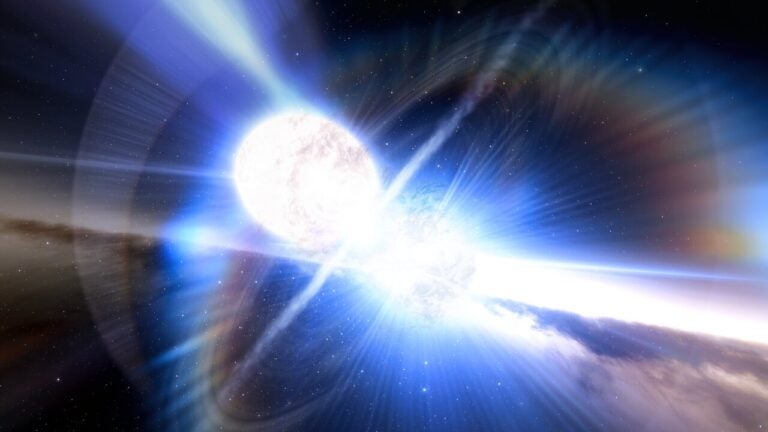Although this process sounds exotic, black holes in general relativity do not care whether they feed on regular or dark matter. The only properties a black hole has are mass, angular momentum (spin), and electric charge. Any other information carried by the material that falls into a black hole, for example what type of particle it is, is lost forever. This is called the “no hair” theorem: Black holes are completely specified by three numbers and have no extra properties (“hair”). For this reason, black holes are the simplest macroscopic objects in the universe.
The idea of information being lost from material falling into black holes is uncomfortable from a physics standpoint and as a result has long been a subject of intense debate (the “information paradox”). We hope that its resolution could be an important step toward reconciling the classical physics of general relativity with quantum mechanics.
Max Planck Institute
Garching, Germany


